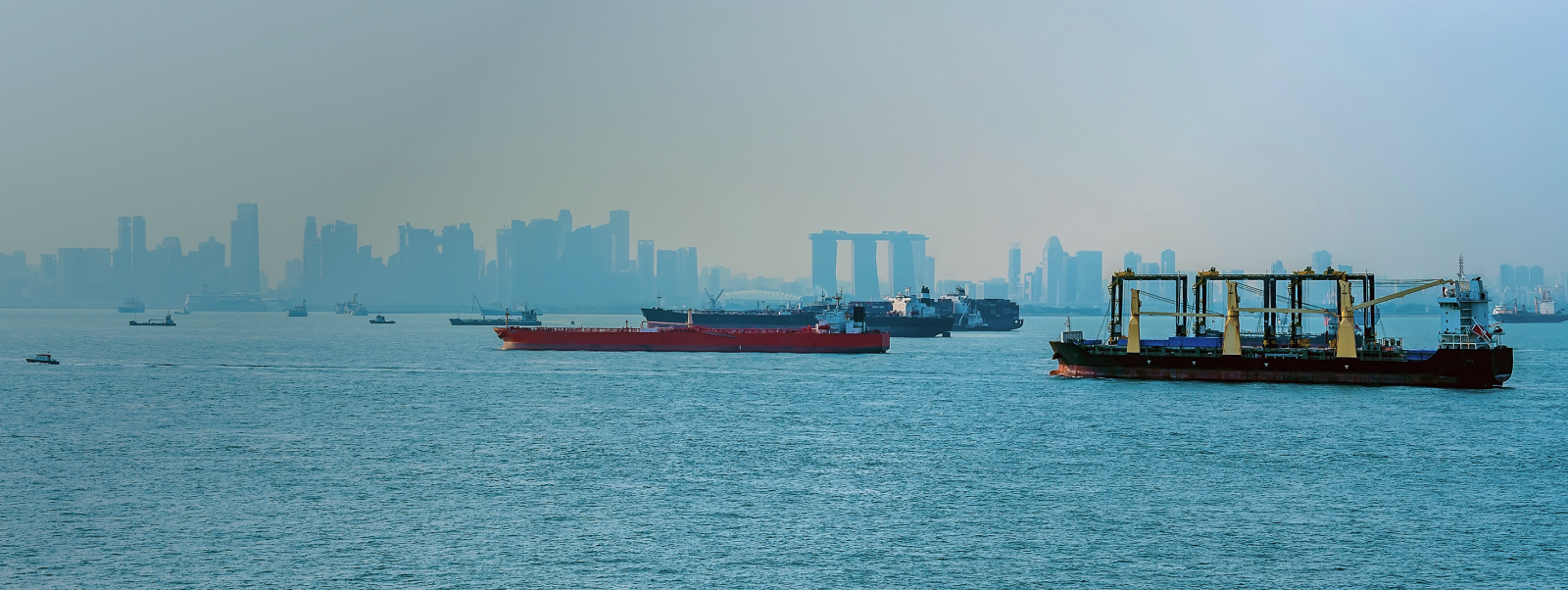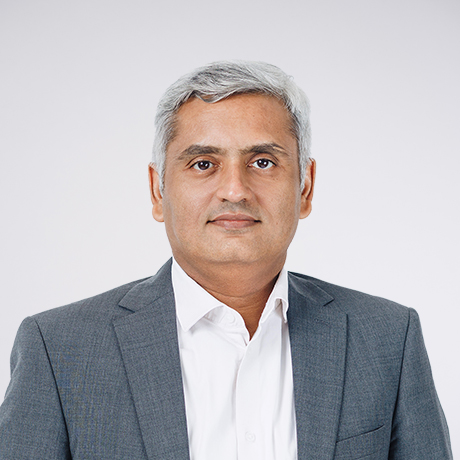Overview
The Asian Downstream Summit is Asia’s most influential downstream oil and gas event. It brings together senior industry leaders and decision-makers from all across the downstream value chain to discuss the most pertinent issues and challenges that the industry faces today, and what can be done to overcome them.
Held together with the Asian Refining Technology Conference (ARTC), the Ammonia & Carbon Capture Asia (ACCA) conference, and part of the Singapore International Energy Week (SIEW), this year's program focuses on advancing sustainable energy solutions in Asian Petrochemicals and Refining Industries.
Oliver Wyman is proud to be a Bronze Sponsor of Asian Downstream Summit 2024.
Learn more about the event, here.
Sessions
Wednesday, October 23, 11:15 a.m.—12:05 p.m. SGT
Industry Outlook: Exploring the opportunities, challenges, and partnership in fast tracking CCS and hydrogen in the ASEAN downstream sector
Moderator: Eddison Lee, principal, Energy and Natural Resources, Oliver Wyman
Hear from industry and policy players on unravelling the true opportunity of carbon capture and storage (CCS), hydrogen, and various innovative low carbon solutions in ASEAN. Discussion will explore the topic within a global context, what ASEAN can learn from global CSS developments, and its future — how do industry, financial institutions, regulators, and policymakers work hand in hand to support the evolution of CCS in the region? Attendees will take away a better understanding of its opportunities for cross-industry application and utilization.
Wednesday, October 23, 4:30 p.m.—4:50 p.m. SGT
The green hydrogen economy in India
Speaker: KK Venkata, partner, Energy and Natural Resources, Oliver Wyman
India is one of the foremost producers of ammonia worldwide. The country has set a target to produce a minimum of 5 million metric tons of green hydrogen by the year 2030, driven in part by government regulatory support. We project India's production costs will decrease to below US$3 per ton by 2035 and subsequently below US$2 per ton by 2040 — 2050. This cost reduction would render Indian green ammonia economically more competitive than domestic production in the European Union.
Nevertheless, India will need to address several challenges fully to seize this green ammonia opportunity. These challenges include ensuring a guaranteed offtake for green hydrogen until production costs are reduced, grappling with high capital costs and limited funding for large-scale hydrogen projects, contending with the reliance on desalination due to limited freshwater availability as feedstock, and surmounting the nascent stage of technology development.




